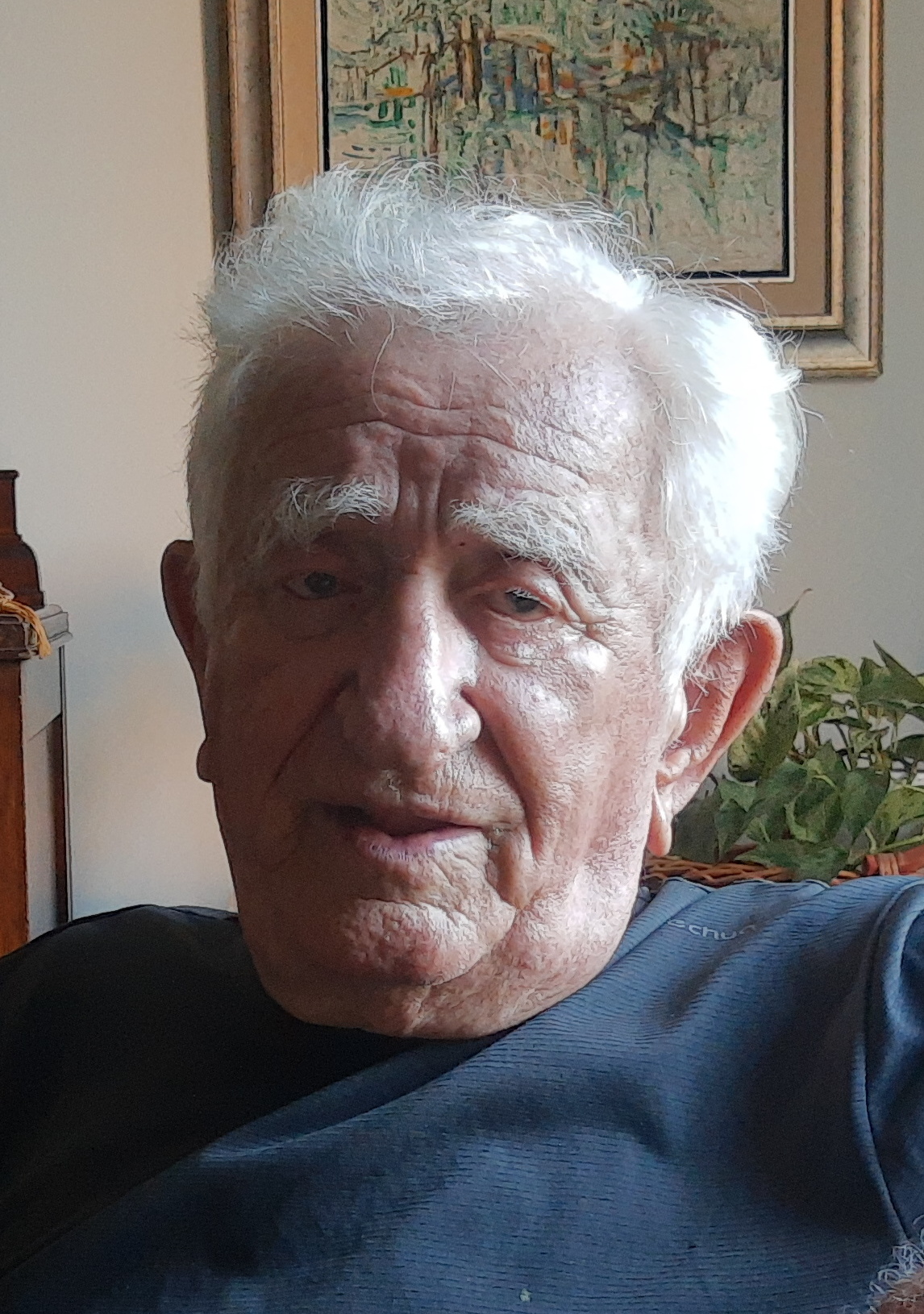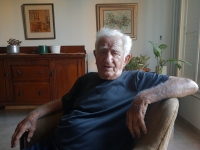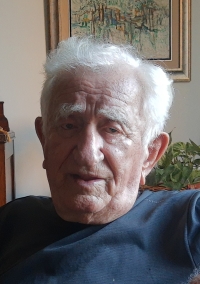Everyone says it used to be better or worse, but that’s life

Download image
Khajim Farkash was born on 8 May 1929 in the town of Khust in Subcarpathian Ruthenia (today’s Ukraine). Together with his mother Gisela, he sailed to Palestine on the steamer Pentcho on May 18, 1940. When the ship was wrecked, Italian ships took them to the island of Rhodes, where they were transferred to the Ferramonti concentration camp in 1942. It was liberated in 1943. A year later, Khayyim and his mother arrived in what was then Palestine and met his father Shlomo. A year later, Khayim joined the Irgun and participated in several sabotage operations against the then British Mandate in Palestine. After the establishment of the State of Israel, in 1948, he entered compulsory military service, after which he fought in the War of Independence, during the Suez Crisis, in the Six-Day War as a member of the ground forces, and during the Yom Kippur War as a coordinator. From 1951, Khayim Farkash was in the business of importing marble from Italy. At the time of filming in 2022, Khayim Farkash was living in Tel Aviv with his wife Ruth and their five children.

